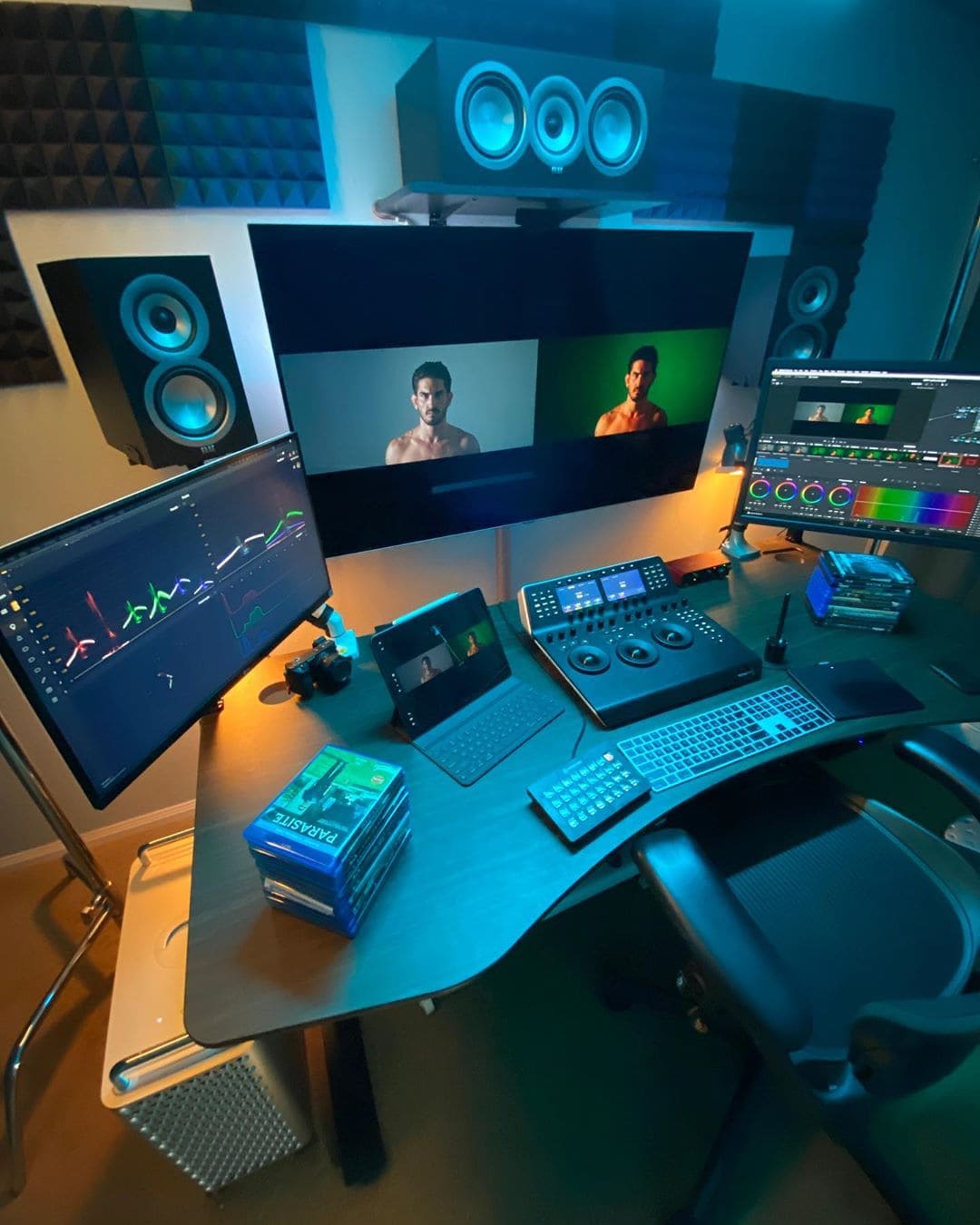

Unlike DOS or Unix workstations, and even unlike Apple’s earlier computers, the Mac’s graphical user interface freed consumer computing from esoteric commands. Everyone knows that the great triumph of the Macintosh was its ease of use. Read: The future of writing looks like the past The result has me looking directly at the screen, no hunching required. Older desktop machines sat monitors higher up, either atop the machine itself, as the Apple II did, or in an all-in-one design, like my Mac SE. Laptops are even common in offices now, because their portability allows workers to take the job into the field with them-or more likely, to bring it home.

At coffee shops and co-working spaces, people hunch over them, staring down toward screens perched at table level. Now that laptops are ubiquitous, working on a computer at a desk is an ergonomic misery. I feel comfortable addressing this little machine. The introduction of Macintosh hard disks in 1985 had ended the machine’s silent service anyway the SE got one inside the machine, and its smooth bezel was replaced by a more aggressive, vented one: a kind of goblin version of the endearing original. Steve Jobs insisted on shipping the Macintosh without a cooling fan, to make it run quietly, but by the time this model appeared he had been pushed out of the company, largely on account of how he’d run the Macintosh division. The whirring drone wasn’t an original feature. Perched on a single, wide paw, the machine looks perky and attentive, as if it’s there to serve you, rather than you it. About the size of a full-grown pug, its small footprint, built-in handle, and light weight made it easy to transport and stow. The original Macintosh was an adorable dwarf of a computer. That makes using this 30-year-old device a surprising joy, one worth longing for on behalf of what it was at the time, rather than for the future it inaugurated.

Computing was an accompaniment to life, rather than the sieve through which all ideas and activities must filter. They were modest in power and application, clunking and grinding their way through family-budget spreadsheets, school papers, and games.Ī computer was a tool for work, and diversion too, but it was not the best or only way to write a letter or to fritter away an hour. Nobody used one every hour-many people wouldn’t boot them up for days at a time if the need didn’t arise. That made for a totally different relationship to the machine than we have today. homes had a computer five years later, when the computer I’m writing on was sold, that figure had risen to a whopping 15 percent. In 1984, when the Macintosh first appeared, about 8 percent of U.S. It’s one of the reasons why computers weren’t as universal three decades ago as they are today, especially at home. And the computer still would have cost a fortune: The version I have retailed for $3,900, or about $8,400 in 2019 dollars. Mine came with a hard disk that offers 20 megabytes of storage, but some lacked even that luxury. It boasts a nine-inch black-and-white display. By today’s standards the machine is a dinosaur. This is the experience a computer user would have had every time she booted up her Macintosh SE, a popular all-in-one computer sold by Apple from 1987 to 1990. It’s so loud I can barely think, the kind of noise I usually associate with an airline cabin: whoom, whoom, whoom, whoom. The clack of the mechanical keyboard is loud. Everything about this computer is loud: The groan of the power supply is loud.


 0 kommentar(er)
0 kommentar(er)
